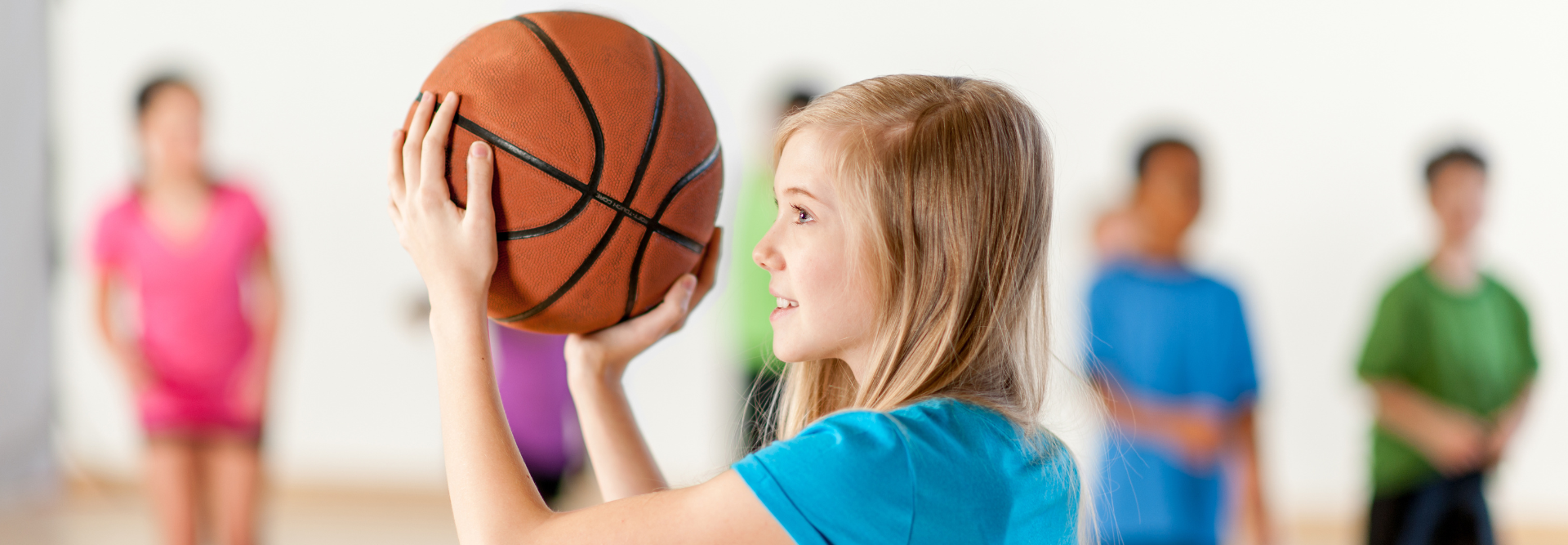Although it’s a warm day in June, I’ve decided to take my usual walk indoors. Unfortunately, the drifting smoke canopy of the Quebec wildfires has endangered our air in Cleveland, hundreds of miles to the south. Fortunately, though, I can exercise on a walking track that overlooks the quadrants of a gym buzzing with children of all ages. Some adults might find this frenzy distracting, but not me. Each time I complete a circuit, I get to observe kids being themselves. Non-stop bouncing, jumping, scootering, tossing and heaving balls, riding atop one another, diving to avoid making kickball outs.
Just now, a contest has spontaneously developed: how many balls can they lodge in the basket on one end of the gym? Three or four basketballs have formed an unmovable blockage, like a plugged sink drain. Those are then topped by a few rubber balls, soccer balls and, before long, just about all of the 25 youth in that quad are craning their necks to see if someone can get one more ball to land and stay put atop the pile already jammed in like ill-fitting puzzle pieces.
Then it hits me. I’m witnessing Self-Directed Education in action. Given that “play” actually defines self-directed learning, these 9 and 10-year-olds are, in fact, engaged in learning, with no adult input needed. By this time, more than a dozen balls have been lodged. The older, more experienced kids try to solve it, cheered on by the younger ones, still to no avail, even as the whistles kill the buzz by announcing the next activity.
Before the whistle, I could see a mounting urgency to keep shooting, even as some tired of the repetition, which stems from a critical drive in childhood development– the need for mastery. This innate drive to accomplish, to show themselves what they can do, resides within each of us. It takes on special importance, however, in youth, who need to keep discovering what they’re good at, and also not good at yet, to develop their sense of competence and self-confidence. It’s quite apparent in this group of arched necks at one end of the gym, that this is more than a game just for fun. These kids are also magnetized and bonded by the inner forces, the drives, that make for healthy human development.
Kids-at-play are always learning.
As a school counselor, on recess duty, I used to detect it in the knock-out games on the basketball court and the hide-and-seekers that scurried in and out of the bushes on the playground’s perimeter. But then we’d have to blow our whistles, making kids line up and get quiet in order to signal that self-directed activity was over, sadly, for the rest of the school day. And why? So that these fourth, fifth, and sixth graders could proceed to their next scheduled lesson in which this very type of autonomy would have little opportunity to allow for genuine learning.
Something is wrong with that picture if we truly care about our kids. Are we not, in fact, forcing them to switch off potent learning mechanisms? Are we not, thereby, saying, “I know this will hurt, but you are going to have to learn to take these forced feedings, swallow, and digest as best you can?” And then we tell them that we are “educating” them.
Of course, most of us grew up with these forced feedings, so they seem normal. Some of us became pretty good at adapting or even finding a few scraps of food that we liked, but others became violently ill and did just about anything to avoid this torture. Try contrasting your memories of the kid who habitually cut school and got into trouble (perhaps that was you), with this one where the kids have galvanized to park “just one more ball up there.” Who are we kidding with this system of conventional schooling? We grew up with it and already know that it’s harmful. Our children are begging us to end the cycle. “Let us play to learn.” Wouldn’t many of us adults enjoy that too, enriching our children in the process? It’s a no-lose scenario, so what’s stopping us?
If you enjoyed this article and feel called to give back to ASDE, here are ways you can support our work:
- Donate money
- Share our content with others! Click one of the buttons above to easily share on Twitter, Facebook, or email.
- Consider becoming a Contributor for Tipping Points
Tipping Points Magazine amplifies the diverse voices within the Self-Directed Education movement. The views expressed in our content belong solely to the author(s). The Alliance for Self-Directed Education disclaims responsibility for any interpretation or application of the information provided. Engage in dialogue by reaching out to the author(s) directly.






